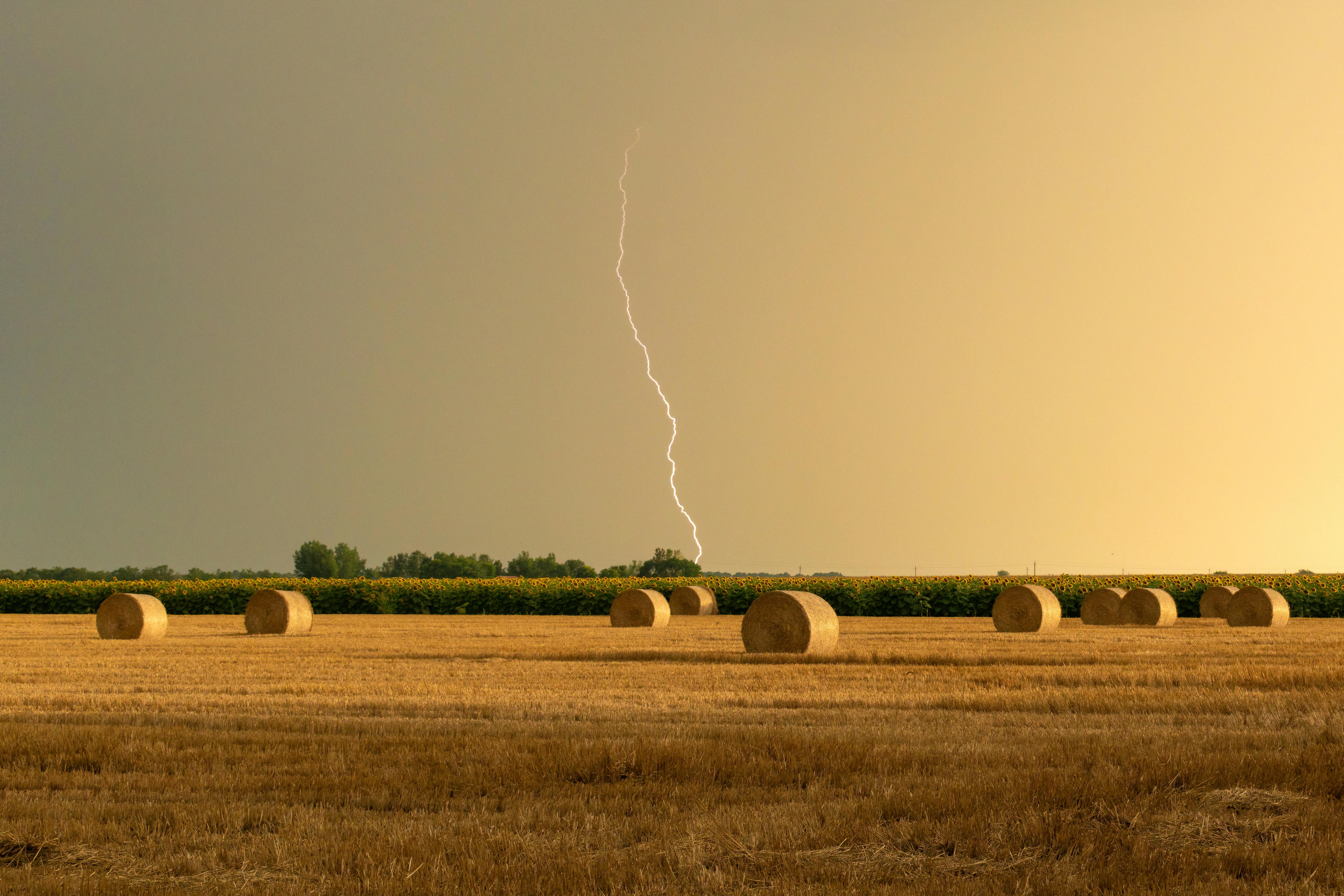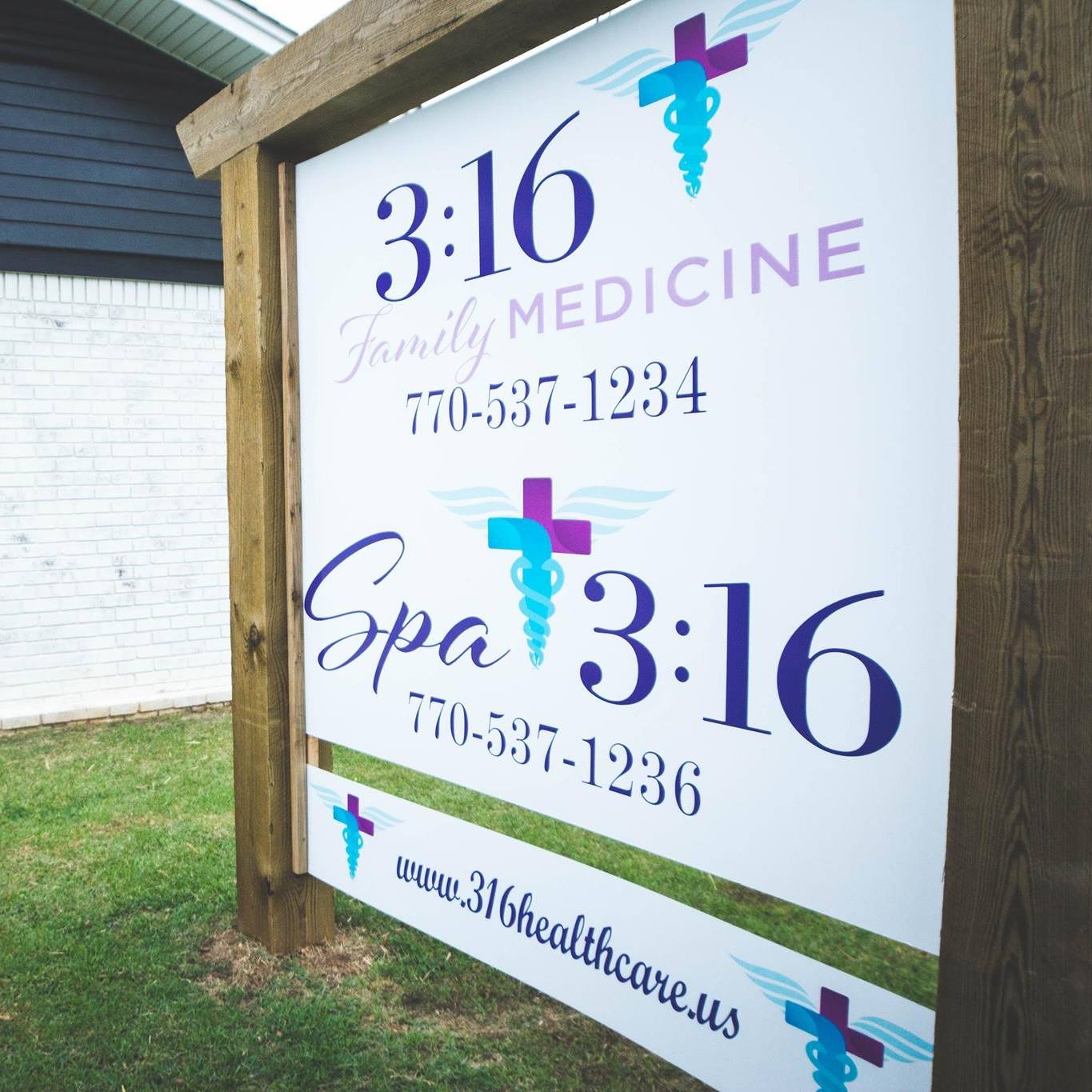The following information is from the National Weather Service along with Carroll County Emergency Management
East Alabama and West Georgia have now been upgraded to an Enhanced Risk (Level 3 out of 5) for severe weather overnight, as a powerful line of thunderstorms is expected to move through the region later today. This system will enter northeast Alabama and northwest Georgia by this evening, pushing steadily southward through the overnight hours into early Wednesday morning. The greatest concern lies for areas north and west of a line stretching from LaGrange to Blairsville, where damaging wind gusts between 50 and 70 mph are expected to be the primary threat. In addition to the winds, a few brief tornadoes and pockets of large hail remain possible, particularly in northern and western sections of Georgia.
Storms could develop across the region anytime between 7 p.m. this evening and 6 a.m. Wednesday morning. The peak window for severe weather is expected to occur between 8 p.m. and 2 a.m., particularly for north Georgia areas situated north of I-85. Specific timing breaks down as follows: northwest Georgia could see storms between 7 p.m. and midnight, metro Atlanta and the surrounding west-central and northeast Georgia areas are most at risk from 10 p.m. to 2 a.m., while middle Georgia—from Columbus to Macon—may see activity between 2 a.m. and 6 a.m.
The entire region is bracing for the likelihood of strong winds capable of knocking down trees and power lines, potentially resulting in power outages or structural damage. Given the overnight nature of the event, there is an increased risk for nocturnal tornadoes—storms that form while most people are asleep and less likely to receive warnings. Large hail is a lesser but still noteworthy concern, with potential to cause damage to vehicles and windows. Rainfall totals are forecast to reach between half an inch and one inch north of I-20, with lighter amounts expected farther south. Fortunately, flash flooding is not anticipated at this time.
Forecasters are expressing high confidence that several severe thunderstorms will occur across the region, with damaging winds remaining the most widespread hazard. Confidence is moderate to high regarding the timing and peak threat period, while the potential for tornadoes is considered to be low to moderate. Residents are strongly urged to stay weather-aware throughout the evening and overnight hours, ensuring they have multiple ways to receive weather alerts, especially after dark.








